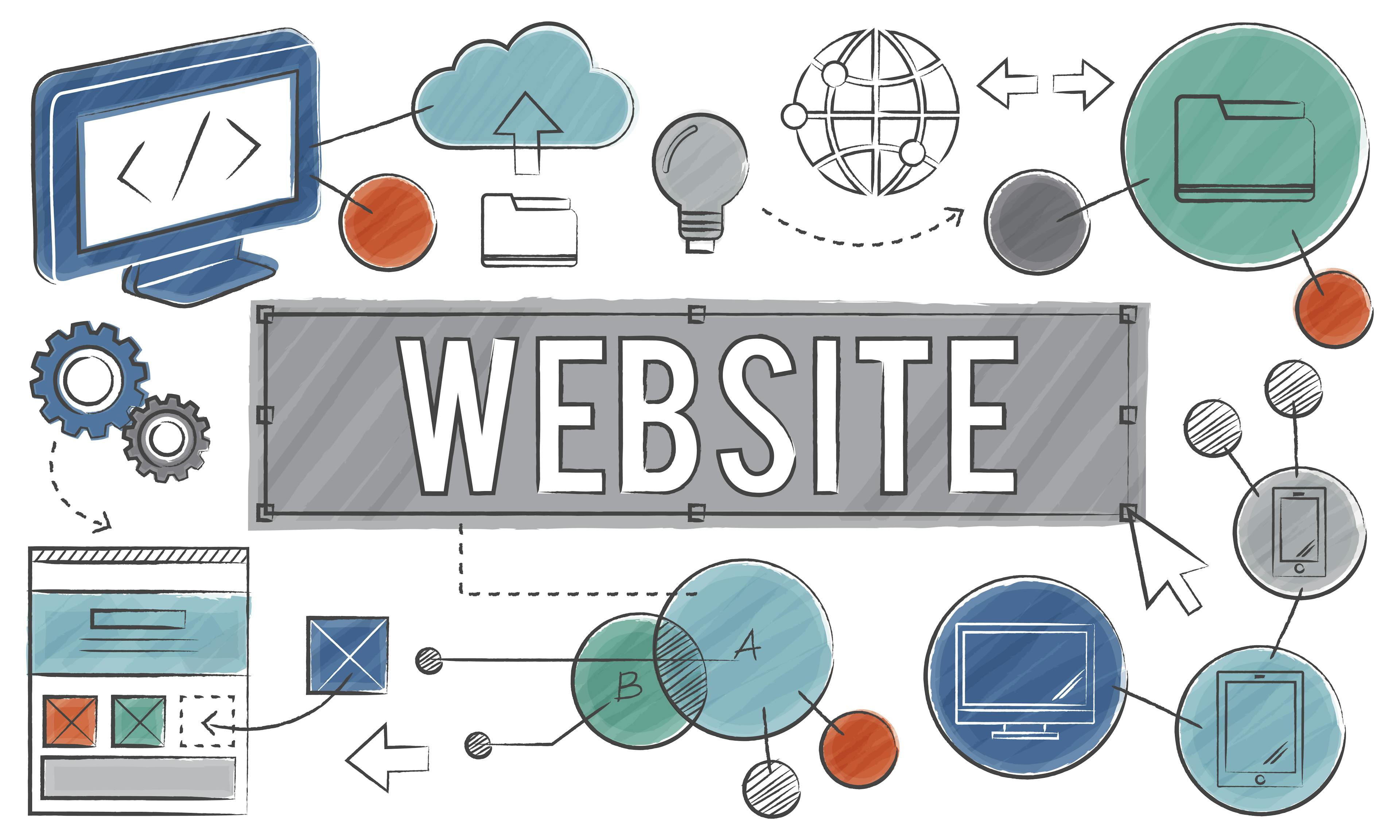
Digital accessibility is no longer a discretionary choice; it's a necessity. With the vast proliferation of the internet and digital technologies, people from all walks of life and with varying abilities depend on online resources for education, communication, commerce, and more. Ensuring that these resources are accessible to everyone, regardless of their physical or cognitive abilities, is both ethically and legally essential.
Understanding Web Accessibility
Web accessibility is the practice of designing and developing websites, web tools, and digital technologies such that they can be used by everyone, including those with disabilities like vision or hearing impairments, cognitive difficulties, and motor skill issues. This goes beyond simply using screen readers or larger text and delves into the entire website design, including how it's interacted with, how information is presented, and how easily it can be navigated.
Web accessibility encompasses various disabilities, including auditory, cognitive, neurological, physical, speech, and visual impairments. It's about creating an inclusive environment that adapts to its users rather than requiring users to adapt to it.
The Importance of Web Accessibility
Web accessibility is crucial for a multitude of reasons. It supports social inclusion by ensuring everyone has equal access to information, services, and opportunities online. This includes education, employment, government services, healthcare, recreation, and more.
Moreover, adhering to web accessibility standards can improve your website's SEO performance, as many of the principles overlap — for example, providing alt text for images improves the user experience for visually impaired users and increases your website's discoverability by search engines.
Finally, many countries have laws requiring digital accessibility, and failing to comply with these laws can result in costly legal issues.
Key Elements of Web Accessibility
Several key elements must be considered when implementing web accessibility:
Perceivable: Information and components of a website must be presented in ways that users can perceive. This includes providing text alternatives for non-text content, creating content that can be presented in various ways, and making it easier for users to see and hear content.
Operable: Users must be able to operate the interface and navigation. This includes making all functionalities available from a keyboard, giving users enough time to read and use content, and not designing content in a way that is known to cause seizures.
Understandable: Users must be able to understand the information and the operation of the user interface. This includes making text readable and understandable, making web pages appear and operate in predictable ways, and helping users avoid and correct mistakes.
Robust: Content must be robust enough to be interpreted reliably by a wide variety of user agents, including assistive technologies. This includes maximising compatibility with current and future user tools.
How to Implement Web Accessibility
Ensuring web accessibility requires commitment and continuous effort. It involves a comprehensive approach that includes the design, development, and content of a website. Here are some steps to consider:
Assessment: Identify the current level of accessibility on your website by using automated tools, user testing, and expert reviews.
Plan: Develop a strategic plan that outlines how and when your website will meet accessibility standards.
Implement: Make the necessary changes to your website. This may include redesigning elements, rewriting content, or redeveloping features.
Monitor: Regularly evaluate your website for continued compliance and improvements.
The road to digital accessibility may seem challenging, but with commitment and the right approach, you can create an inclusive web experience for all. As we increasingly depend on the internet for our daily activities, it's crucial that everyone can access and interact with digital content, regardless of their abilities.



